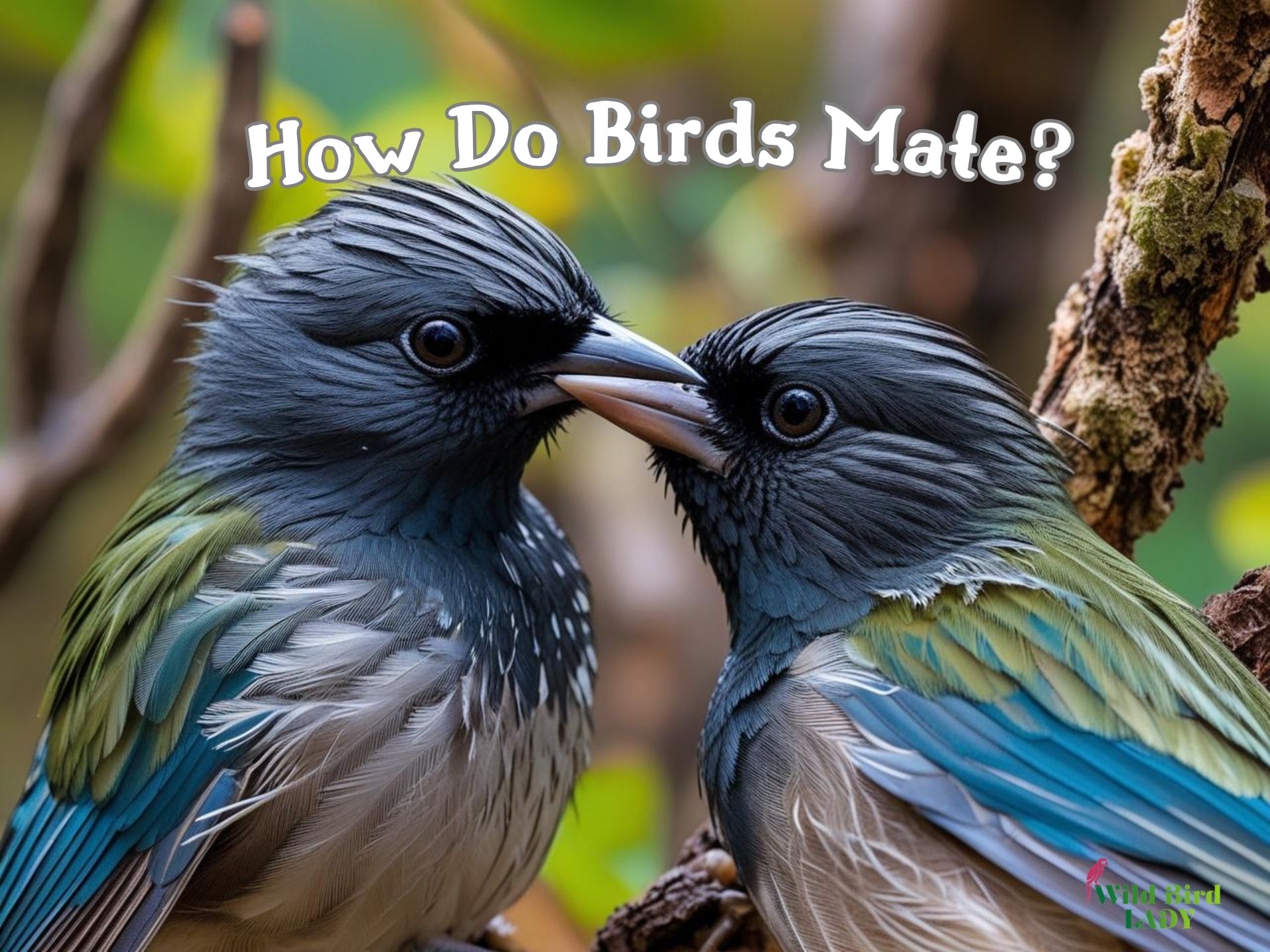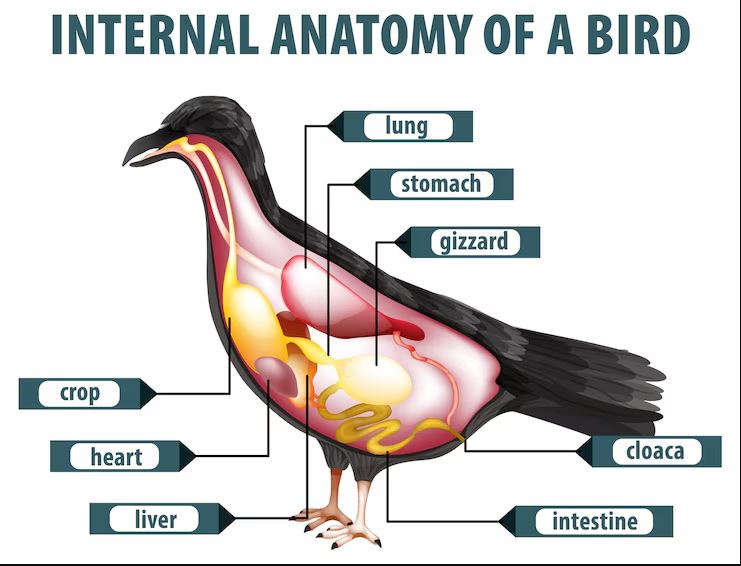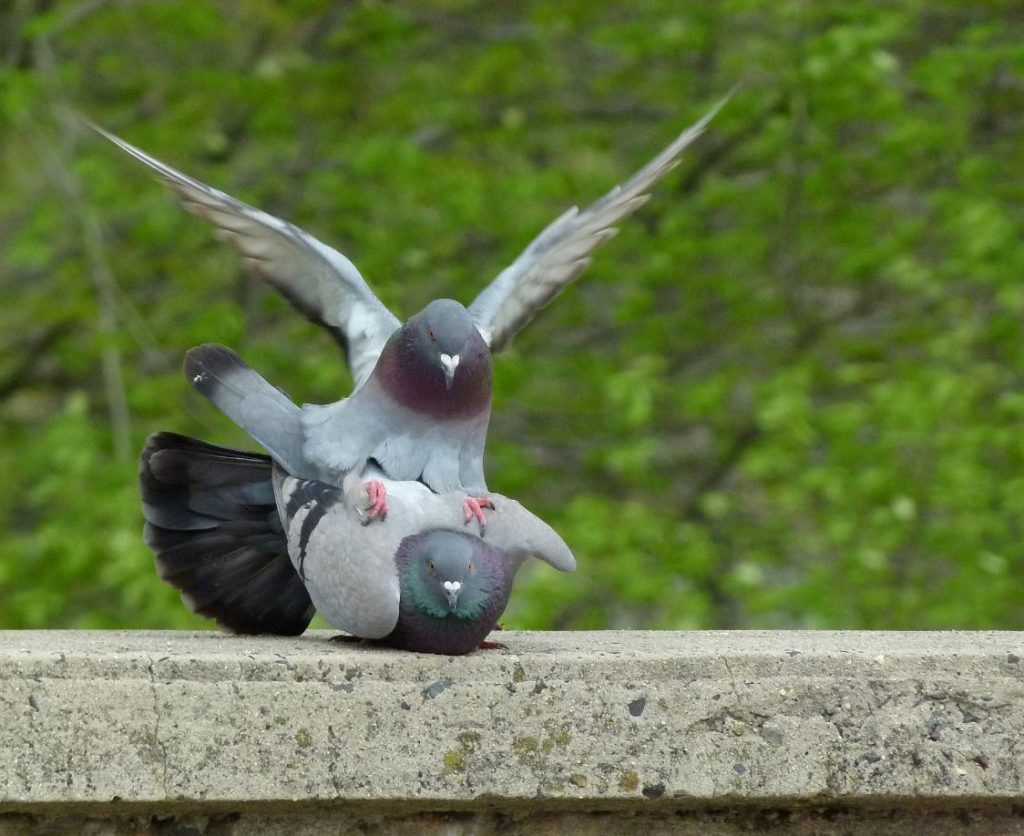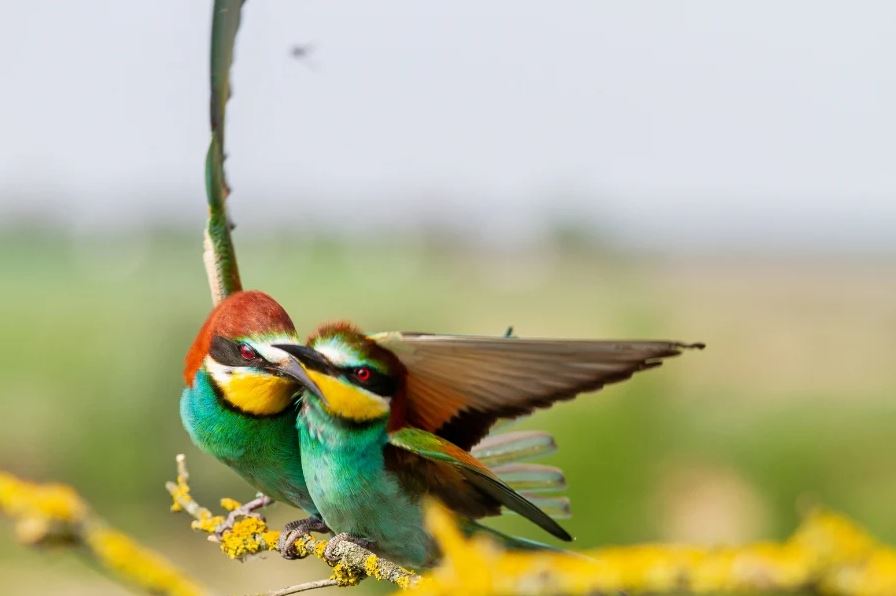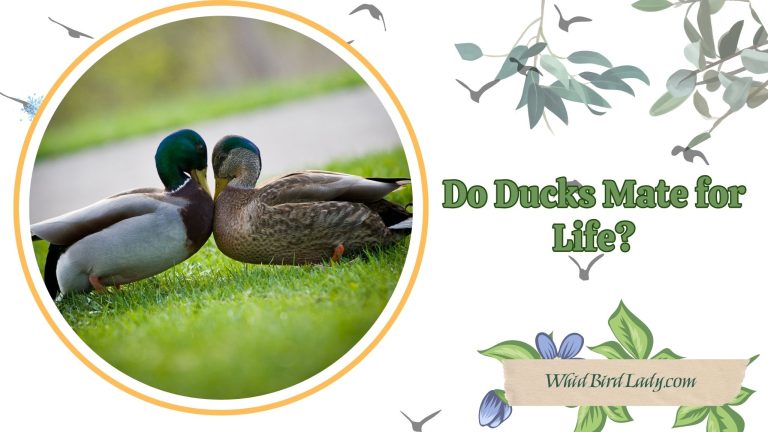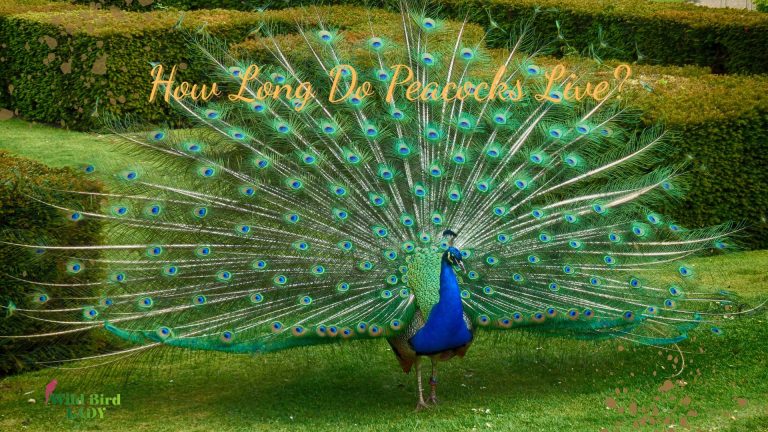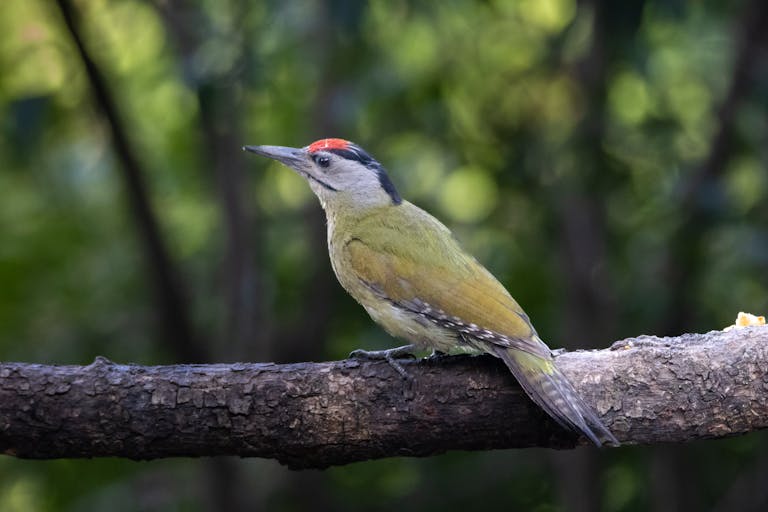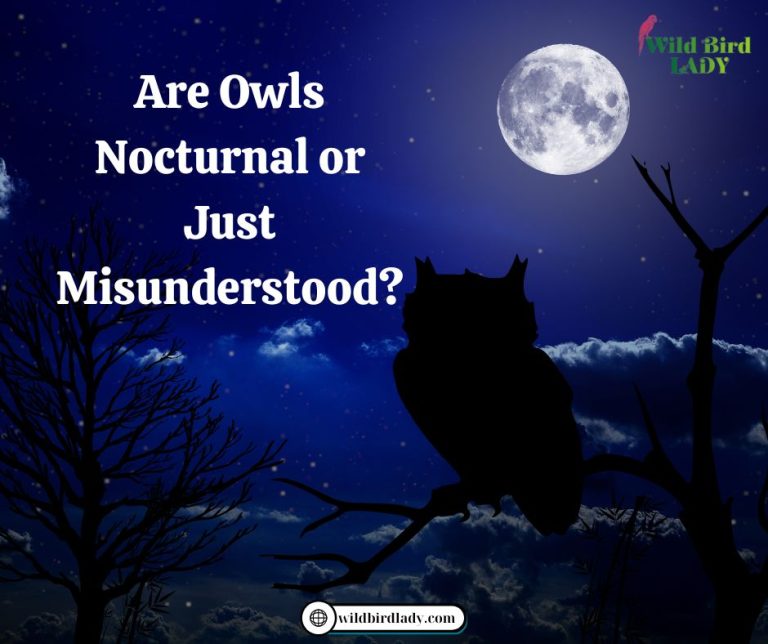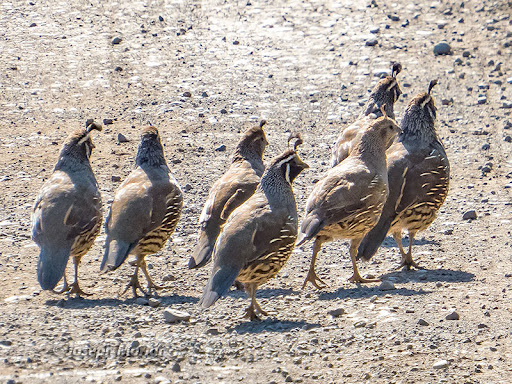How Do Birds Mate? The Surprising Truth About Avian Love
Have you ever looked out your window during spring and seen two birds chasing each other around in a flurry of feathers? You might wonder, “How do birds mate?” or even “Do birds have sex like mammals?” Birds may be graceful in flight, but their mating rituals are full of surprises—ranging from dazzling displays to almost comically quick copulations.
In this comprehensive guide, we’ll explore everything you need to know about how birds mate, from courtship to reproduction, including quirky facts, bird anatomy, and the secrets behind their often-hidden intimacy.
Introduction to Bird Mating
While mammals typically mate through copulation involving external sexual organs, birds take a different approach. The mystery of how birds reproduce lies in their unique anatomy and fascinating courtship behavior. Whether you’re an avid birdwatcher or simply curious, understanding how do birds breed sheds light on the amazing diversity of life around us.
Bird Anatomy 101: Cloacas and Courtship
Most birds don’t have external genitalia. Instead, they reproduce using an organ called the cloaca—a multipurpose opening used for excretion and reproduction.
What Is a Cloaca?
The cloaca is found in both male and female birds. During mating season, hormonal changes cause the cloacal area to swell slightly. This swelling is part of how birds prepare to mate.
According to the Cornell Lab of Ornithology, “The cloaca is an all-purpose exit and entrance cavity—used for both digestion and reproduction.” (AllAboutBirds.org)
The Courtship Ritual: More Than Just a Dance
When it comes to love, birds don’t just wing it. Long before the actual act of mating takes place, birds engage in elaborate and often mesmerizing courtship rituals—carefully choreographed behaviors that serve to attract and impress potential mates. These rituals are not only beautiful to watch but also vital for communicating fitness, compatibility, and readiness to breed.
Here are some of the most fascinating elements of bird courtship:
Singing Complex Songs
In many bird species—especially songbirds—vocalization plays a key role in courtship. Male birds sing intricate, often species-specific songs to announce their presence and attract females. These songs are more than just pleasant background music; they signal health, maturity, and territorial dominance.
- Example: The male Northern Cardinal sings with bold, flute-like whistles to advertise his strength and impress females.
- Fun Fact: Some birds can mimic other species’ songs or incorporate environmental sounds into their calls to stand out!
Fluffing Feathers & Showing Off Colorful Plumage
Many male birds rely on visual displays to attract mates. This often involves puffing up their chest, spreading wings, or fanning out brightly colored tail feathers to appear more impressive and dominant.
- Peacocks are the classic example—their extravagant tail displays are used to dazzle females.
- Birds of Paradise in New Guinea take this to another level, transforming their bodies into vibrant shapes and colors during courtship dances.
Bright plumage and symmetry often indicate good genes and overall health—key factors females look for in a mate.
Dancing and Aerial Acrobatics
Some species court their mates with a literal dance—on land or in the sky. These dances can include hops, twists, bows, spins, wing-flaps, or aerial dives that demonstrate agility and energy.
- American Woodcock males perform a “sky dance,” spiraling high into the air while making twittering sounds with their wings, then tumbling back to the ground in a graceful glide.
- Sandhill Cranes engage in synchronized dancing, bowing, leaping, and calling to each other, sometimes even tossing sticks or grass in the air.
These dances are not just for show—they help birds assess each other’s physical coordination and compatibility.
Food Gifts (Courtship Feeding)
Courtship feeding is a behavior where the male presents food to the female as a sign of his ability to provide for her and their future chicks. This is especially common in species where both parents help raise young.
- In kingfishers and terns, males catch prey and offer it to females as part of their courtship.
- In Northern Cardinals, the male feeds seeds directly into the female’s beak, a tender gesture that strengthens their bond.
Not only does this behavior demonstrate the male’s hunting or foraging skills, but it also creates trust between the pair.
Signature Moves by Species
Each bird species has its own unique approach to love. Here are a few standout examples:
- Bowerbirds (Australia): Males construct elaborate bowers—structures made of sticks and decorated with colorful objects like berries, bottle caps, and flowers. They spend hours arranging items to please the female’s eye. It’s the avian version of interior design!
- Manakins (Central and South America): These small birds are famous for their rapid-fire dance moves. Some species perform coordinated dances in pairs or groups, including moonwalk-like slides along branches.
- Grebes: These water birds perform a “weed dance,” where pairs rise chest-to-chest out of the water holding aquatic plants, paddling furiously in sync.
Why Courtship Rituals Matter
These rituals are about more than just attraction—they’re about communication. They help birds:
- Confirm that both parties are of the same species
- Judge one another’s health and suitability as a mate
- Sync hormonal and reproductive readiness
- Form pair bonds that often extend beyond mating
For birds, love is a test of song, color, strength, and skill—and those who pass get the chance to pass on their genes.
How Do Birds Have Sex?
Let’s break down the most-asked question: How do birds have sex?
The “Cloacal Kiss”
During mating, both birds will position their cloacas together in a brief contact known as the cloacal kiss. The male hops onto the female’s back, balances (often awkwardly), and quickly transfers sperm into her cloaca.
This act can be surprisingly quick—some species complete it in just 1–2 seconds.
Important clarification: Not all birds reproduce this way. Ducks and geese are exceptions—they have penises, which are often coiled and can be quite long compared to body size. However, about 97% of bird species use the cloacal kiss method.
How Do Birds Breed and Reproduce?
After successful mating, the sperm travels inside the female’s reproductive tract, where it fertilizes the egg. Once fertilized, the egg develops a hard shell before being laid.
Nest Building
Once fertilized, the female bird will usually begin constructing or refining a nest. This nest serves as a safe, insulated place for the eggs and future hatchlings.
Birds are dedicated parents. Many species take turns incubating eggs, and both males and females may feed the chicks.
When Do Birds Mate? Timing Is Everything
Just like planting a garden or raising crops, birds carefully time their mating and breeding seasons to align with the rhythms of nature. In the wild, successful reproduction depends not only on finding a mate but also on ensuring that conditions are just right for raising young—and that means choosing the perfect season to start a family.
Spring and Early Summer: The Prime Breeding Season
For most bird species, the breeding season begins in early spring and continues into summer. This timing isn’t random—it’s a finely tuned survival strategy. Birds instinctively mate when environmental cues signal that their offspring will have the best chance of survival.
Here’s why spring and early summer are ideal:
1. Food Is Abundant
Insects hatch, berries ripen, and seeds are plentiful during this time of year. Newly hatched chicks have insatiable appetites, and their parents need access to high-protein food sources to keep up.
- Insectivorous birds like robins and warblers rely on caterpillars and other soft-bodied insects for chick development.
- Seed-eating birds, such as finches and sparrows, benefit from fresh vegetation and blooming plants.
2. Longer Daylight Hours
Longer days mean more time to forage for food. Birds with chicks in the nest may need to make dozens—or even hundreds—of feeding trips per day. Extended daylight allows them to feed their young from dawn till dusk.
3. Milder Temperatures
Chicks are fragile and poorly insulated, especially in their early days. Spring’s moderate temperatures reduce the risk of hypothermia and promote faster, healthier growth. Nests are less likely to be exposed to harsh cold or overheating.
Timing Varies by Species and Region
While spring is the norm, the exact timing of mating varies depending on species, climate, and geographic location.
- Arctic birds, like snow buntings, breed rapidly during the short northern summer when conditions are briefly optimal.
- Desert birds, such as the cactus wren, may time their breeding to follow rare rainfall, when food becomes suddenly abundant.
- Tropical birds often have more flexibility, breeding in response to local fruiting cycles or rainy seasons.
Year-Round Breeders: The Exceptions
Some bird species don’t restrict mating to a specific season, especially in warm or urban environments where food remains available year-round.
Examples include:
- Pigeons and Doves: Common in cities and suburbs, these birds can breed every few weeks in favorable conditions. It’s not unusual to see baby pigeons (squabs) at almost any time of year.
- Domestic or Captive Birds: Birds in captivity or under human care (like chickens or parrots) may breed year-round with consistent light, warmth, and nutrition.
- Tropical Species: Many birds in equatorial zones, such as certain parrots, toucans, and hummingbirds, breed multiple times annually based on food supply rather than strict seasons.
How Birds Know When It’s Time to Mate
Birds don’t use calendars, but they rely on powerful natural cues:
- Photoperiod (daylight length): Longer days trigger hormonal changes in birds’ brains, signaling the start of mating season.
- Temperature and weather: A warm spell or early thaw can encourage earlier breeding.
- Social signals: The return of flocks or the presence of rivals can stimulate reproductive behaviors.
Scientific Insight: According to the Cornell Lab of Ornithology, many birds’ reproductive systems remain dormant through fall and winter, only activating once photoperiods lengthen in spring.
Why Timing Matters for Chicks
Timing isn’t just about adult comfort—it’s about maximizing survival rates for the next generation. Chicks that hatch during peak resource availability are:
- More likely to receive adequate nutrition
- Less vulnerable to cold or heat stress
- Able to grow and fledge quickly before predators increase or food becomes scarce
Species that mistime their breeding can lose entire broods due to starvation or weather-related challenges.
Final Note: Nature’s Calendar Is Precise
Birds have evolved to follow nature’s internal calendar, adapting to changing climates, food cycles, and habitat pressures. While most birds follow the traditional spring-to-summer timeline, others show remarkable flexibility, proving that avian reproduction is as diverse as the birds themselves.
Whether it’s a pair of robins nesting in your backyard this April or a tropical parrot nesting during the rainy season, one thing’s clear: when birds mate, they do so with impeccable timing.
Do All Birds Mate the Same Way?
Not exactly. While most birds follow the cloacal kiss method, mating behaviors vary widely by species:
- Swans perform synchronized neck dances before mating.
- Albatrosses engage in multi-year courtship bonding before ever mating.
- Birds of paradise perform flamboyant dances to attract females.
Even the duration of pair bonding varies. Some birds are monogamous for life (e.g., bald eagles), while others switch mates each season.
Monogamy, Polygamy, and Other Bird Love Stories
Monogamy in Birds
About 90% of bird species are socially monogamous, meaning they form pair bonds and raise chicks together—even if some still “cheat” on the side.
Notable monogamous birds:
- Bald eagles
- Swans
- Cardinals
- Robins
Polygamy & Extra-Pair Copulation
Some birds, like the Red-winged Blackbird, engage in polygyny—one male mating with multiple females. Conversely, polyandry (one female with several males) is rare but seen in species like Jacanas.
Fertilization and Egg Laying
Once fertilized, birds lay eggs over a span of days. Clutch size depends on the species—robins typically lay 3–5 eggs, while ostriches can lay over a dozen.
Incubation Period
- Small songbirds: 10–14 days
- Raptors: 30–35 days
- Penguins: Up to 65 days
Both parents often take turns warming the eggs, although in some species only the female incubates.
Fun Facts About Bird Mating
- Sperm Storage: Some female birds can store sperm for weeks and fertilize eggs long after mating.
- Same-Sex Pairing: Observed in many bird species, including gulls and penguins, often involving cooperative parenting.
- Visual Cues Matter: Bright plumage and long tails often signal health and genetic fitness.
- Synchronized Breeding: In colonies (e.g., seabirds), birds often breed simultaneously to confuse predators.
Final Thoughts: The Magic of Avian Love
So, how do birds mate? Through a fascinating blend of instinct, courtship, anatomy, and timing. Whether through elegant sky dances or awkward perching attempts, bird mating is a vital part of their life cycle—and a beautiful reminder of nature’s complexity.
From cloacal kisses to lifelong bonds, how birds reproduce is far more intricate and romantic than most people assume. The next time you see two birds chirping and hopping around, remember: you might be witnessing one of nature’s most subtle love stories in action.
FAQ
How do birds mate?
Birds mate through a process called the cloacal kiss, where the male and female briefly touch their cloacas to transfer sperm for fertilization.
How do birds have sex?
Unlike mammals, most birds don’t have external sex organs. They have cloacas, and mating involves briefly pressing these openings together.
How do birds breed?
After mating, the female’s eggs are fertilized internally. She then lays them in a nest, where they’re incubated until they hatch.
When do birds mate?
Most birds mate during spring and early summer when food is abundant and weather conditions are ideal for raising young.
Do all birds reproduce the same way?
No. While most use cloacal contact, species like ducks and geese have penises. Courtship rituals and parenting roles also vary by species.
Can birds store sperm?
Yes. Many female birds can store sperm in their bodies for days or weeks, allowing fertilization to occur long after mating.
Are birds monogamous?
Many birds are socially monogamous and form pair bonds during the breeding season. Some species even mate for life.
If you enjoyed this guide, be sure to check out our in-depth article on Crowned Eagle: Africa’s Apex Predator That Can Hunt Monkeys Mid-Air

